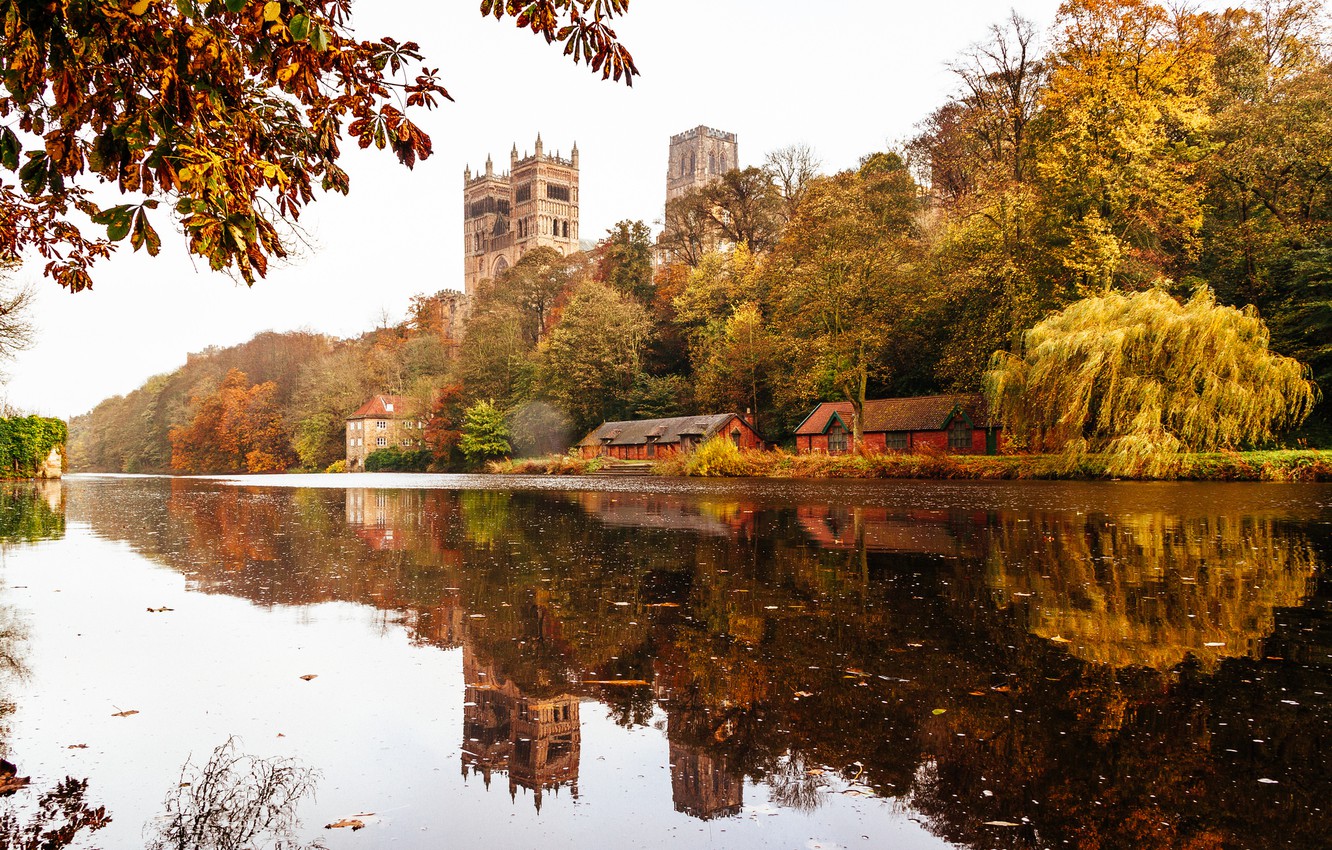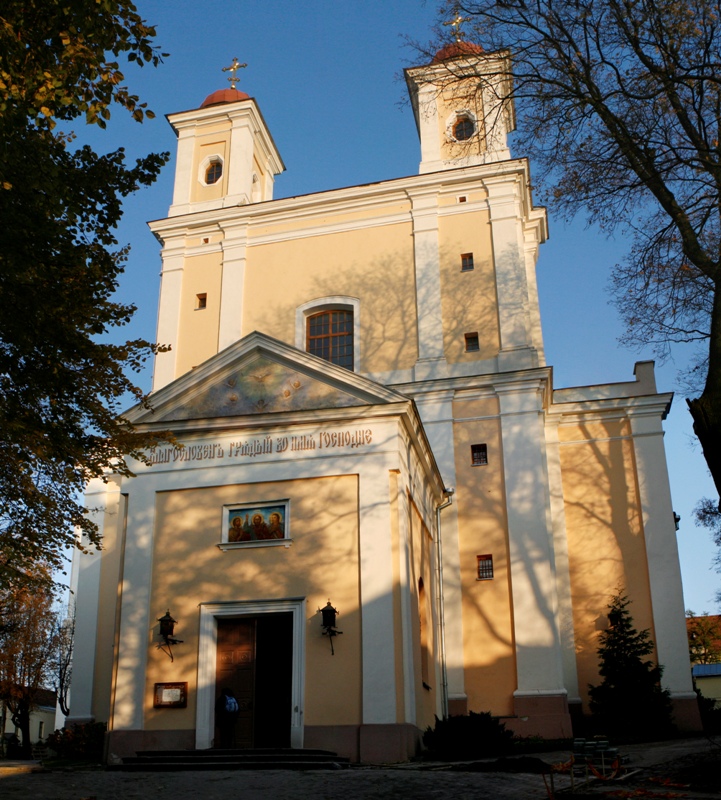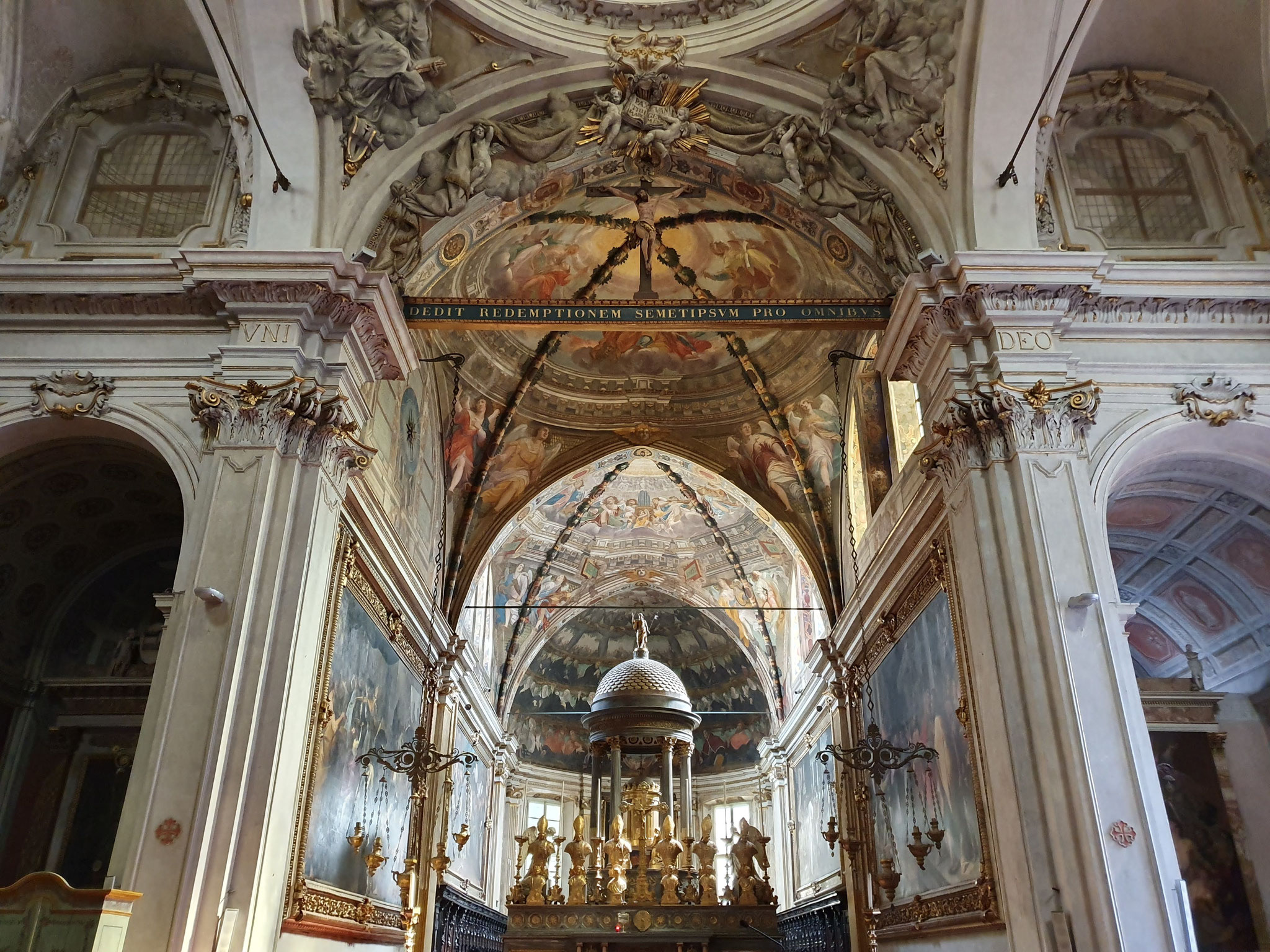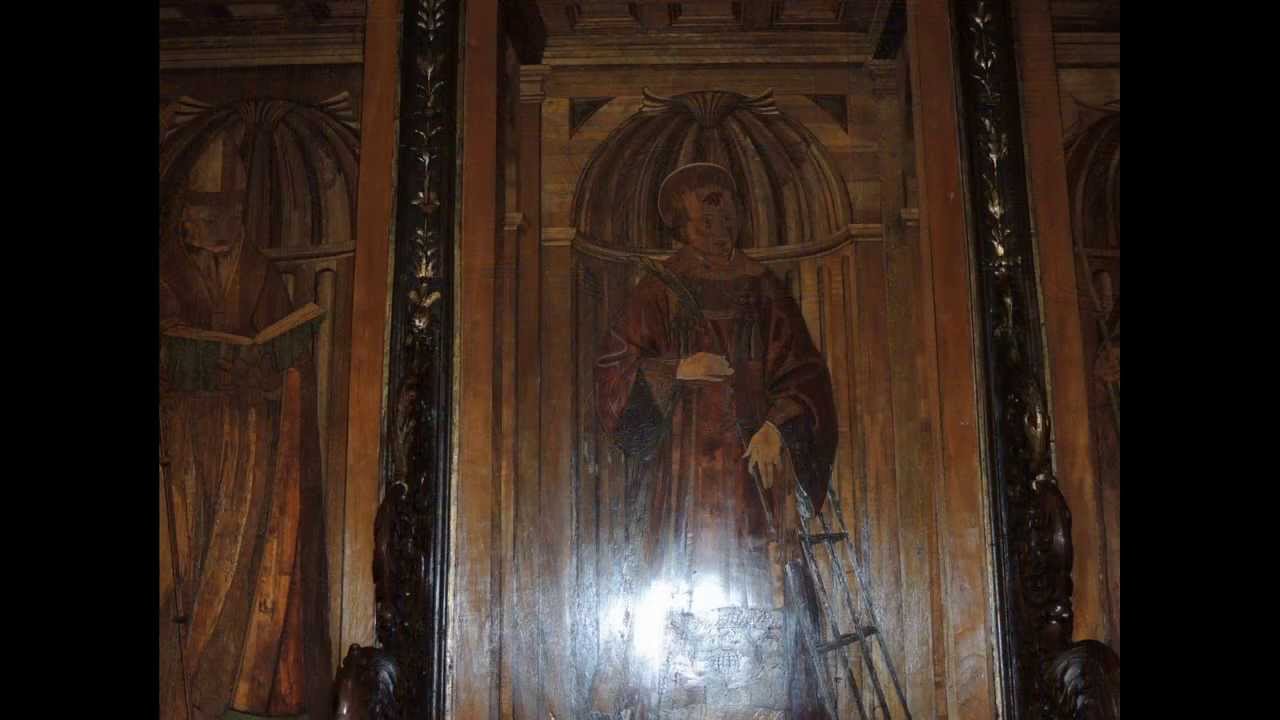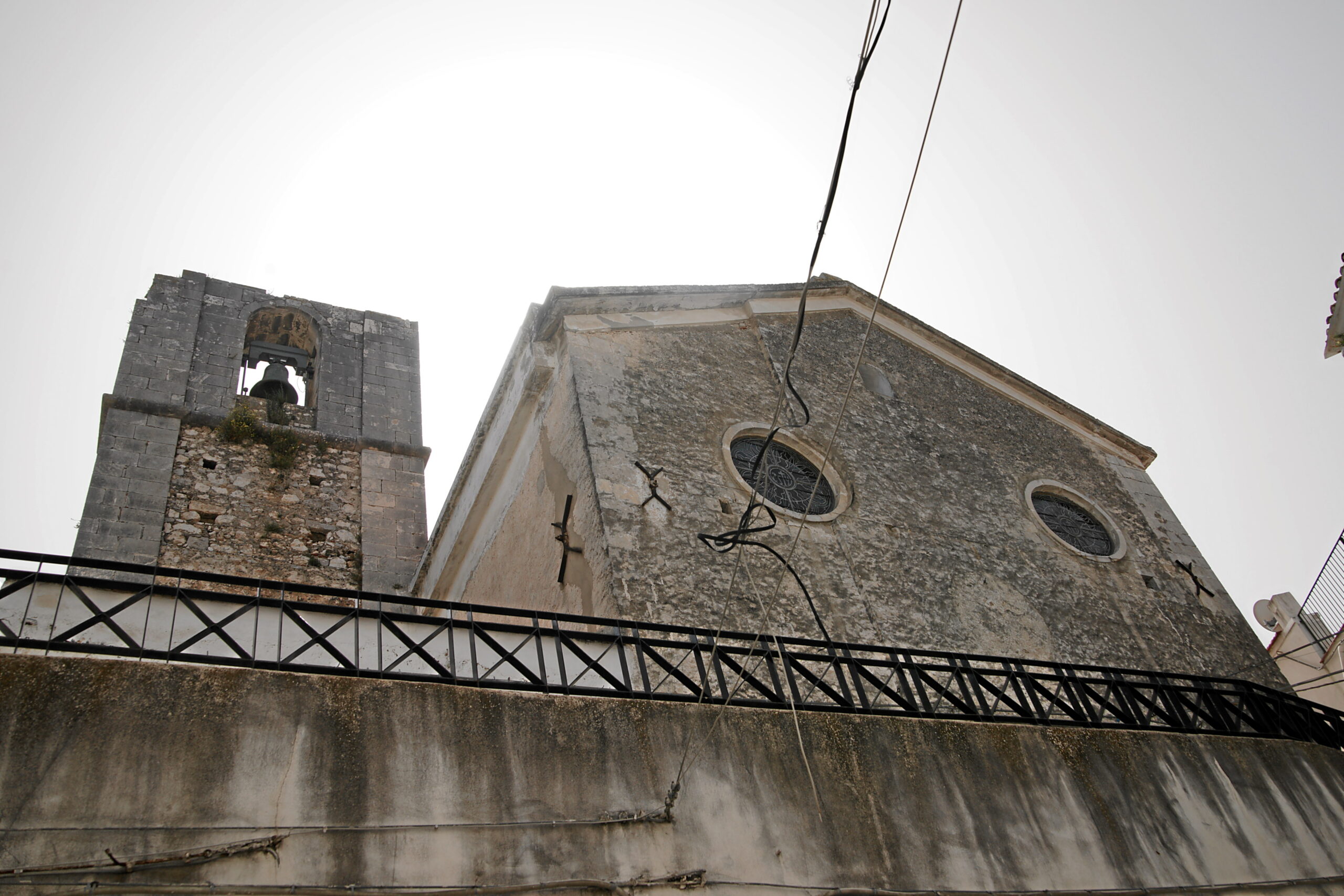Durham Cathedral is a Norman building constructed between 1093 and 1133 in the Romanesque style. It was founded as a monastic cathedral built to house the shrine of St Cuthbert, replacing an earlier church constructed in his honour. Durham’s architectural value lies in the fact that it is the oldest surviving building with a stone vaulted ceiling of such a large scale. This may not seem remarkable today, but developing the know-how to roof large buildings with stone rather than wood shaped the course of European architecture from then on.
Durham Cathedral is also valuable because its Norman architecture has survived largely intact – the addition of two chapels and a later central tower notwithstanding. Most other important Norman buildings in Britain were substantially modified, often beyond recognition. As such, it is recognised both as an exemplar of the Romanesque architecture, and as one of the world’s greatest cathedrals.
